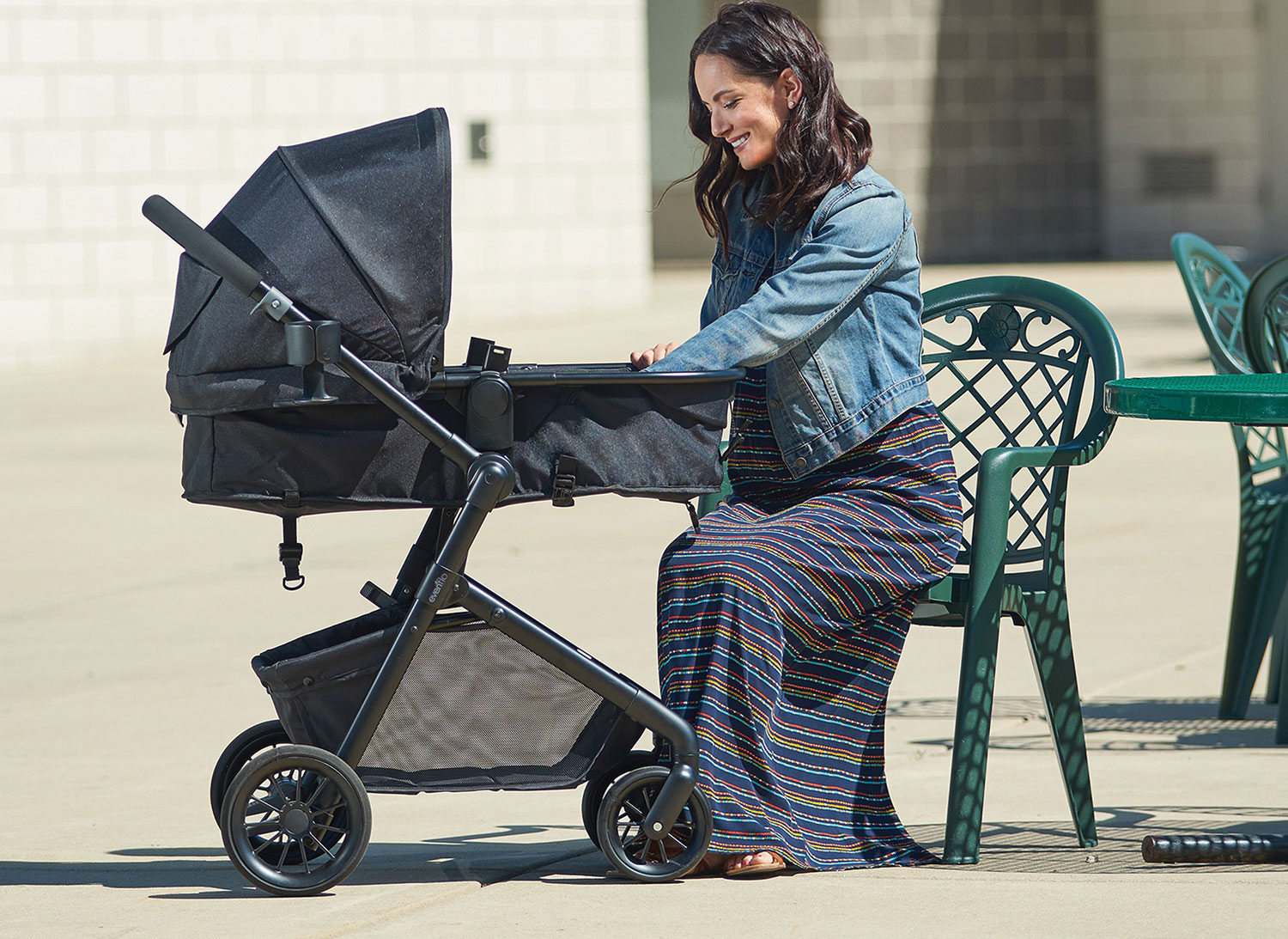
One of the most essential pieces of equipment you’ll need for a new baby, toddler, or small child, is a stroller. You’ll use it while out for daily walks with your little one, both indoors and out, for trips to the shopping mall or amusement park, and even while traveling.
Selecting the right stroller, however, can be a daunting task. There are so many options from which to choose! So many different designs, types, features, and small yet important details that could make all the difference in which one you choose or might like over another.
Here, we’ll break down the main types of strollers, for what and whom each one is ideally-suited, and what features to look for and considerations to make as you begin your stroller shopping journey.
|
Table of Contents: |
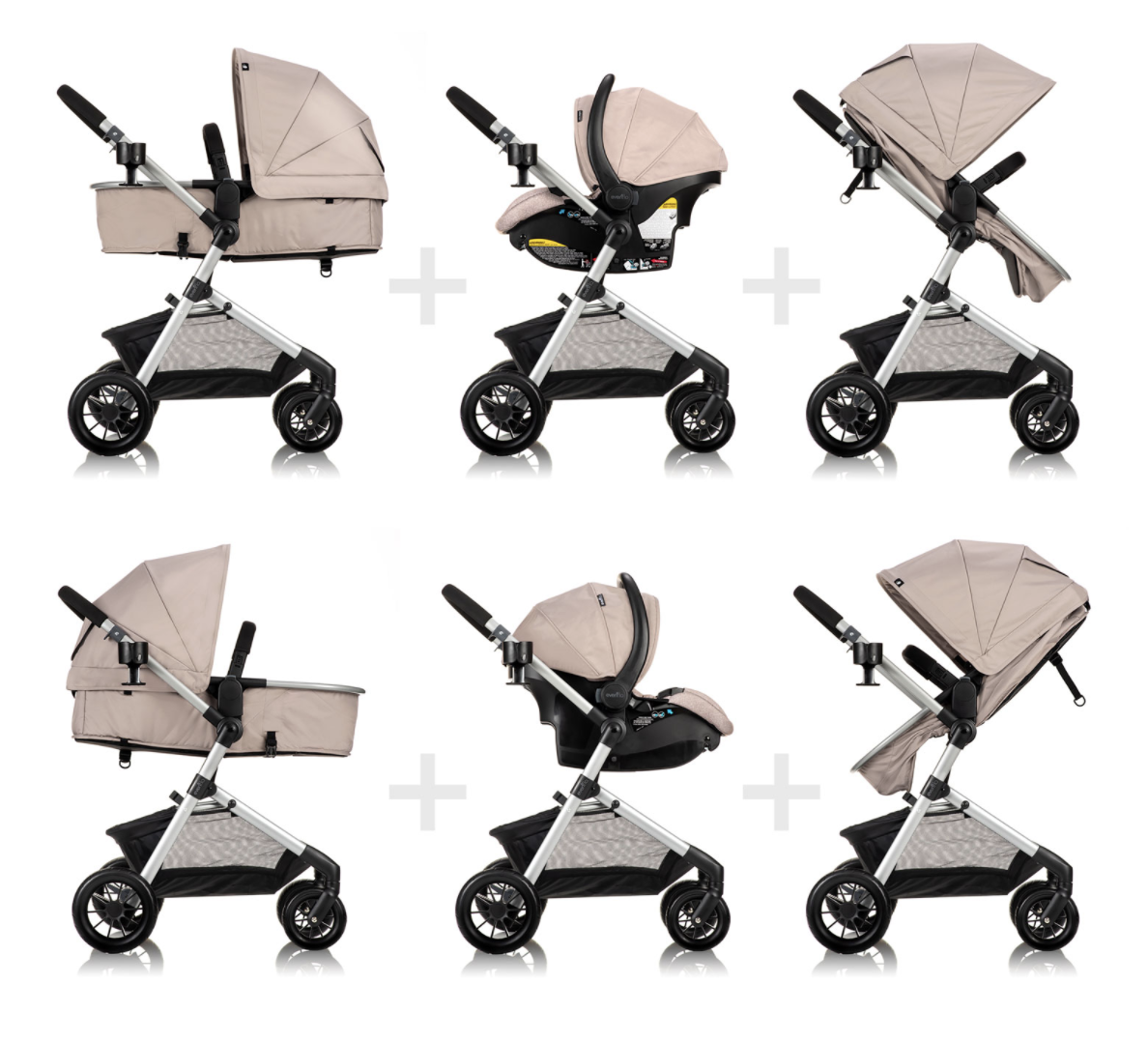
|
Questions to ask yourself before selecting a stroller
Before you look more closely at the different types of strollers, there are a few questions you should ask yourself.
How and where will you use the stroller?
Ask yourself how and where you will most often use the stroller. Do you plan to take the baby with you every day as you run errands? Go for daily strolls around the block? Take baby shopping at the mall? This will determine what type of stroller is best, as well as what size and layout. If you will be transporting the stroller by car to your destination often, you need to find one that can easily fit in your trunk, and that is easy to take out and expand into position, then collapse again for putting away. And if you are bringing it by car, you 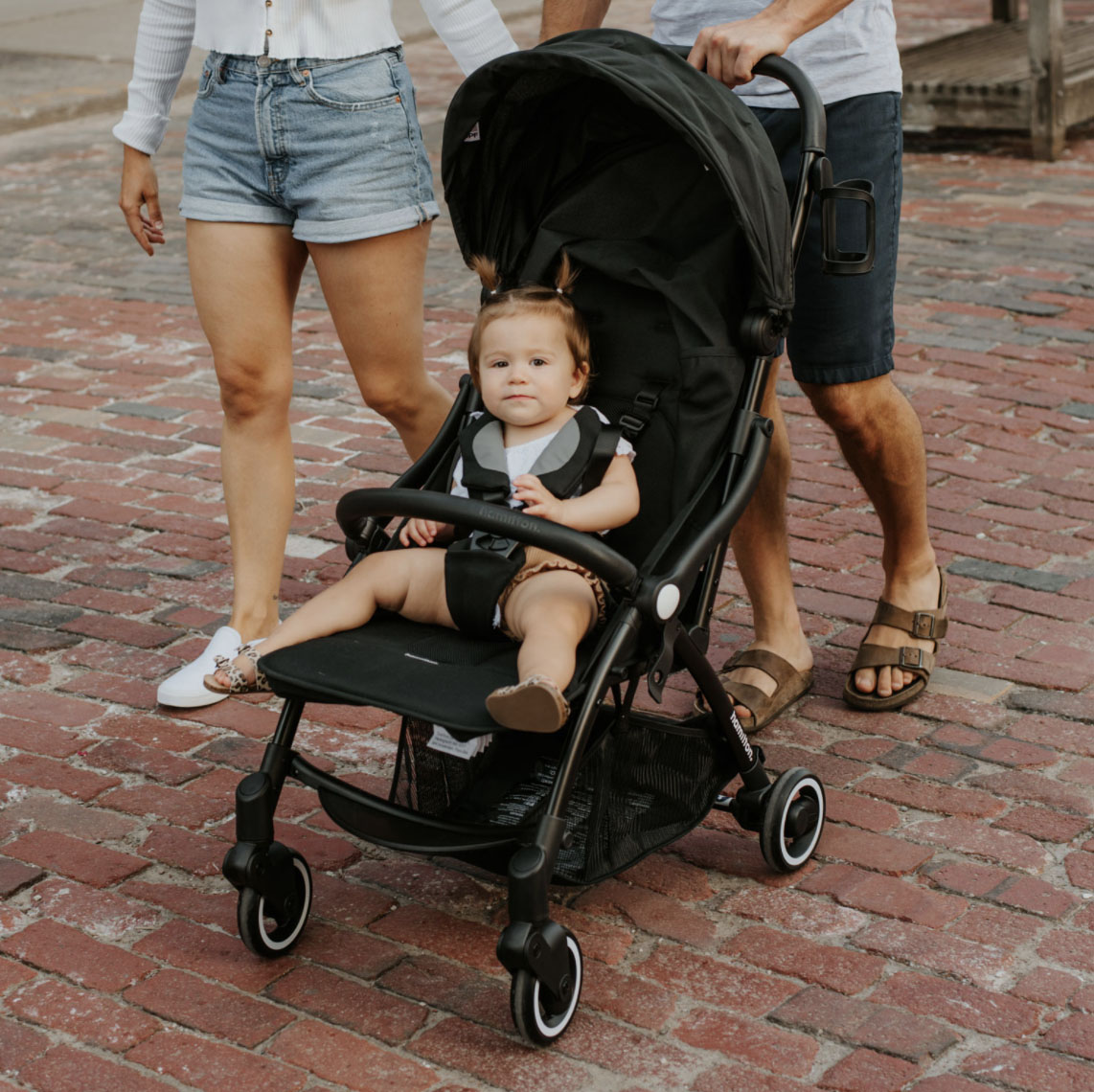 might also want to consider one that works with a car seat you have or want to buy via an optional (or included) adapter.
might also want to consider one that works with a car seat you have or want to buy via an optional (or included) adapter.
Where do you live?
Do you live in a downtown busy city with clear and smooth sidewalks, or rural area with rougher terrain? Does your city deal with inclement weather, like a lot of rain, snow, or hot and humid temperatures? This might also impact what size and type of stroller you get: if you live in a small apartment or home, for example, you might want to consider a lightweight stroller that can fold up to be really compact so it doesn’t take up too much room.
How old is your child/children and do you plan to have more?
Is this stroller in preparation of an upcoming bundle of joy, or to use for a toddler-aged child? Do you have more than one child, or plan to have a second? And what/will be the age differences between them? Regardless of age, is your child larger/heavier or, 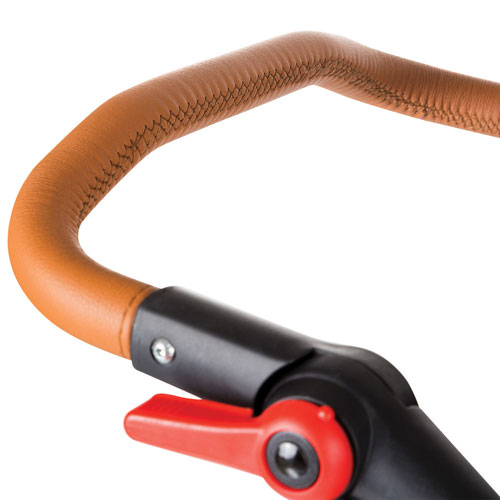 conversely, smaller and lighter, than average? All strollers include recommendations for the best age, but also weight, for use. So it’s important to make sure that whatever stroller you select will fit within these parameters for your child, for the duration of time you plan to use it.
conversely, smaller and lighter, than average? All strollers include recommendations for the best age, but also weight, for use. So it’s important to make sure that whatever stroller you select will fit within these parameters for your child, for the duration of time you plan to use it.
Who will be using it and how often?
Will it only be one parent or child care provider most often using the stroller? Or different persons? This will suggest your need for things like adjustable handlebars if someone who is very tall and someone who is very short will both be using it, as well as weight of the stroller, and how easy it is to collapse and pull out. If you’ll be taking it in and out of the trunk several times a day, finding one that folds out in a click or two, and easily folds up, will be essential.
Types of strollers
There are four main types of strollers you can purchase, along with a few sub-categories in each. Here, we’ll break them down and suggest which type would suit different situations.
Standard strollers
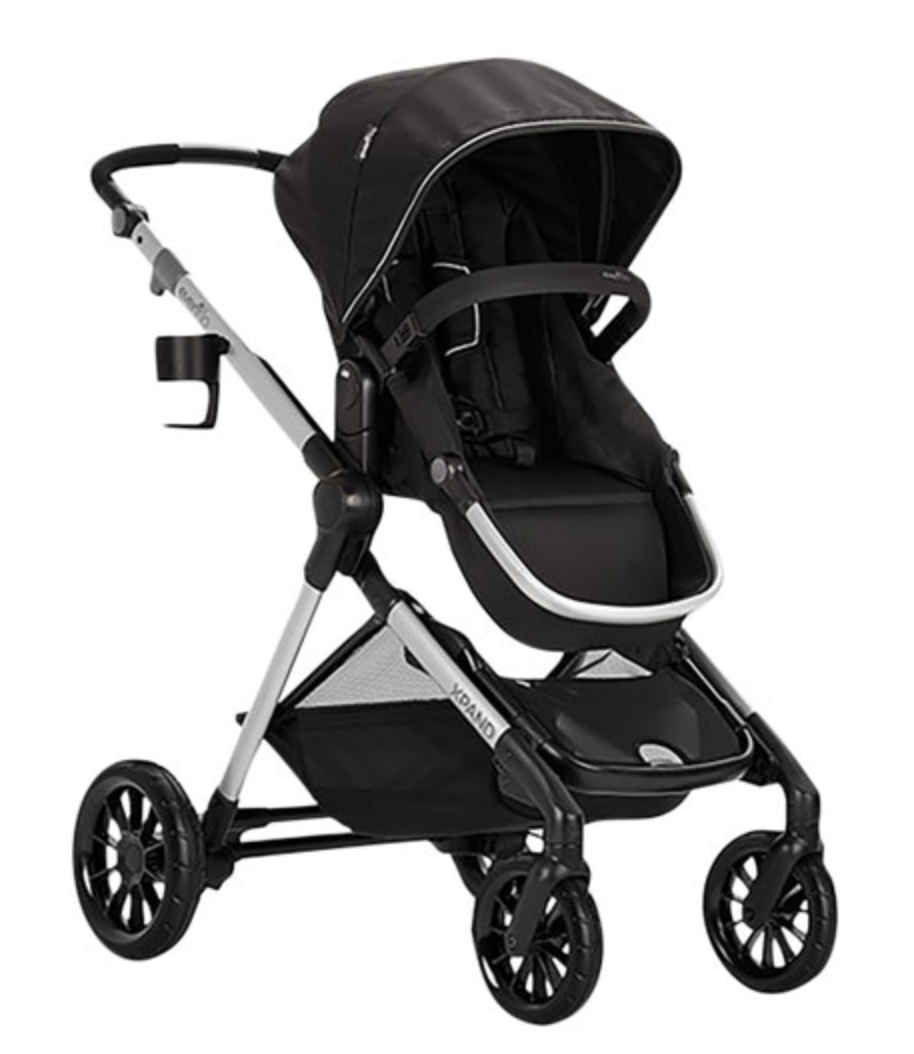
Standard strollers are the most common types of strollers, and come in two iterations: full-sized or lightweight. Both often include five point harnesses to keep a baby or child safely secured inside.
A full-sized standard stroller has all of the features you’d need, like large canopies, undercarriage storage area, adjustable seats, offering good comfort and handling, making them perfect for travel. Some of them can also accommodate car seats (an adapter might be required as a separate purchase), which is handy if you plan to travel often both by car and on foot, and want an easy transition, especially for babies who like to nap during car rides. They are great for everyday use in typical terrain outdoors, like cities 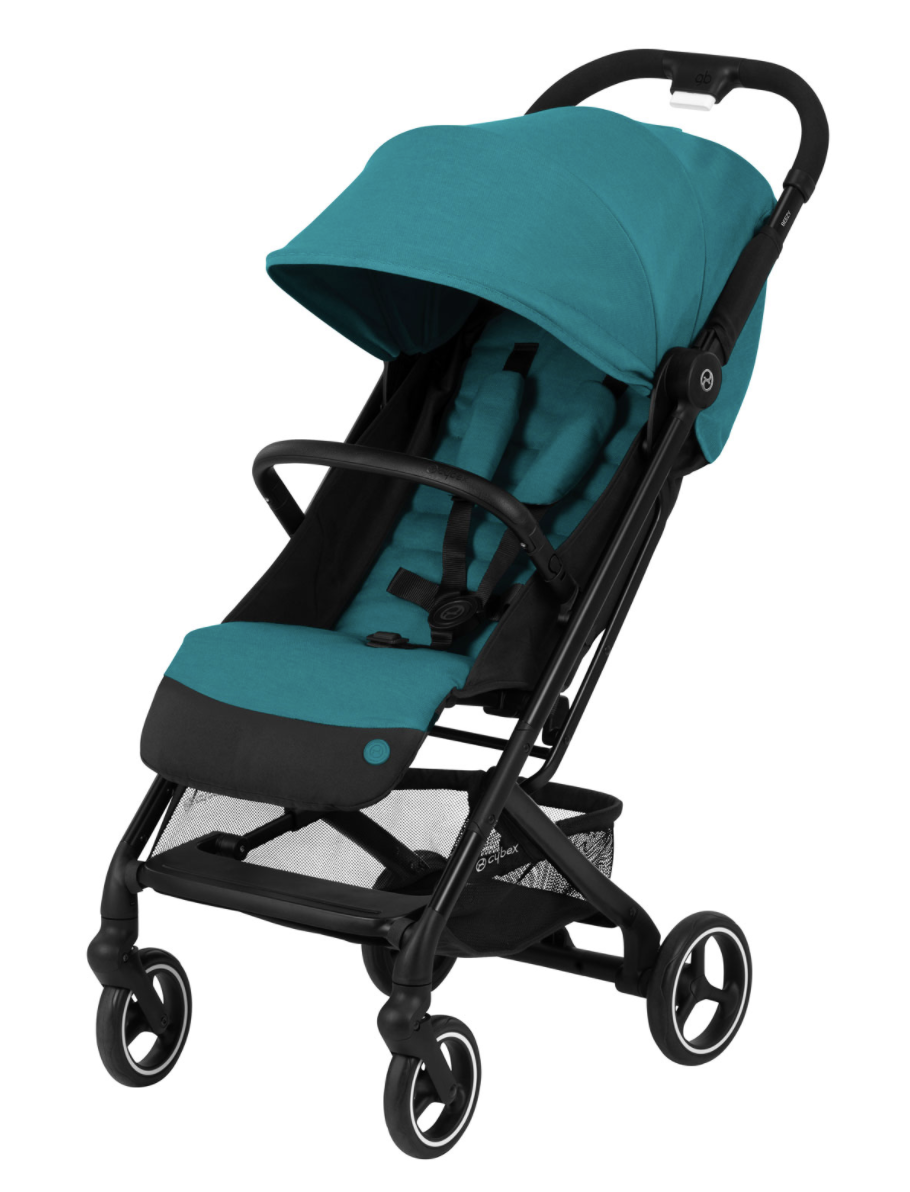 and urban areas, as well as for indoor walking.
and urban areas, as well as for indoor walking.
Lightweight strollers, often also referred to as umbrella strollers, focus mainly on portability and compactness. As the name implies, you can fold them up like a umbrella, so they’re easy to carry, and don’t take up a lot of room. The design is streamlined, with all of the basic features you’d want. They are ideal for quick trips when you don’t need a large basket to hold lots of goodies, like groceries or shopping bags. And they’re good for older kids who can sit up, and might choose to walk half the time instead of sitting in the stroller. A lightweight stroller is a good secondary stroller that you can pack away and use only for short walks, or while traveling. Thus, most parents own one of these in addition to another main stroller.
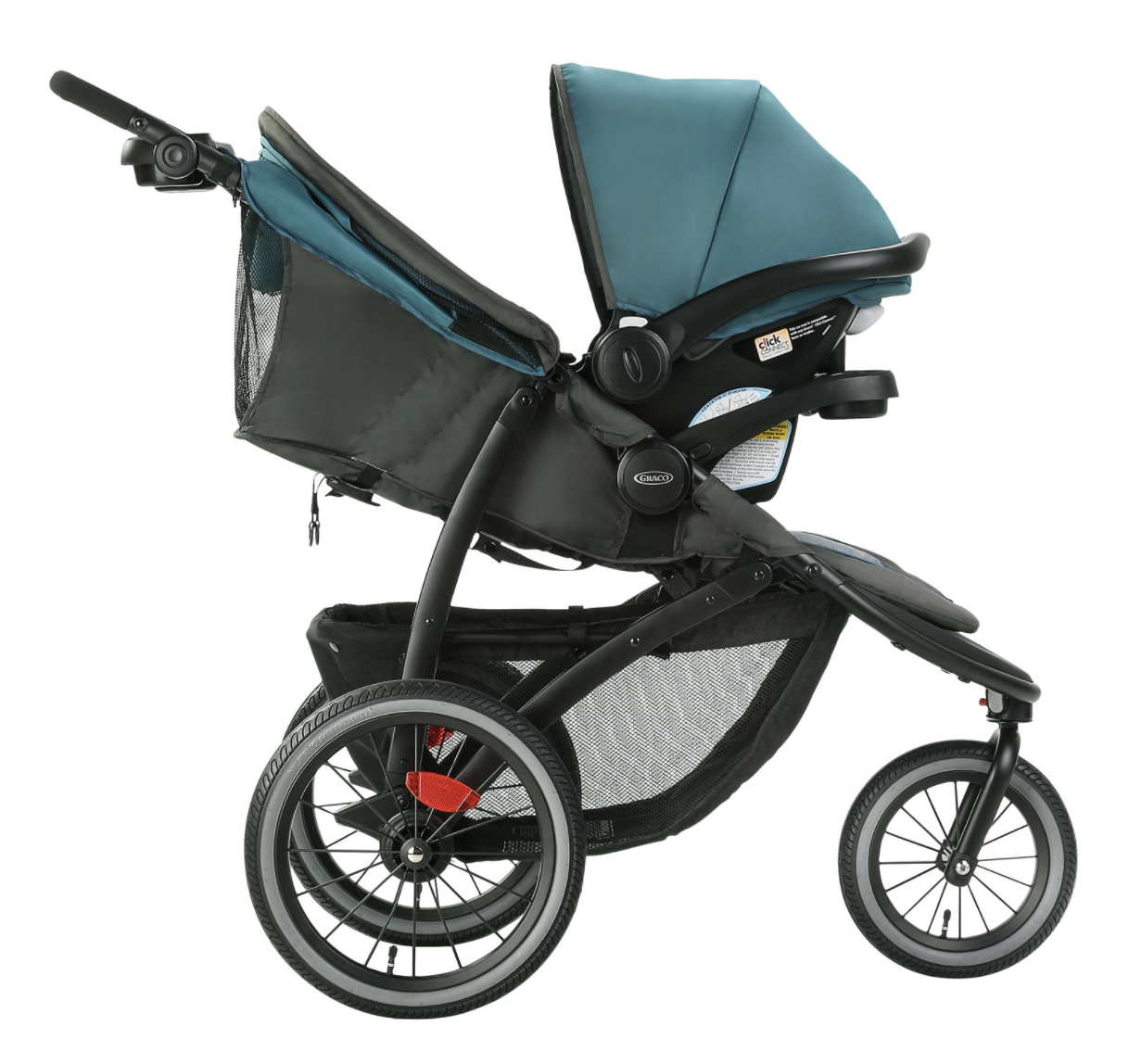 All-terrain standard strollers are another subset, and include all of the same features as a typical standard stroller, but usually have three rubber wheels instead of four, and full suspension, making it easier to navigate through rougher terrain.
All-terrain standard strollers are another subset, and include all of the same features as a typical standard stroller, but usually have three rubber wheels instead of four, and full suspension, making it easier to navigate through rougher terrain.
Double strollers
If you have 2 (or more) kids who could use a stroller, double strollers are the ideal option. They come in various styles to meet different needs, and in heavy-duty designs that make them easy to push around in rough terrain, or lightweight umbrella styles, great for occasional use, with older/bigger kids, or for travel.
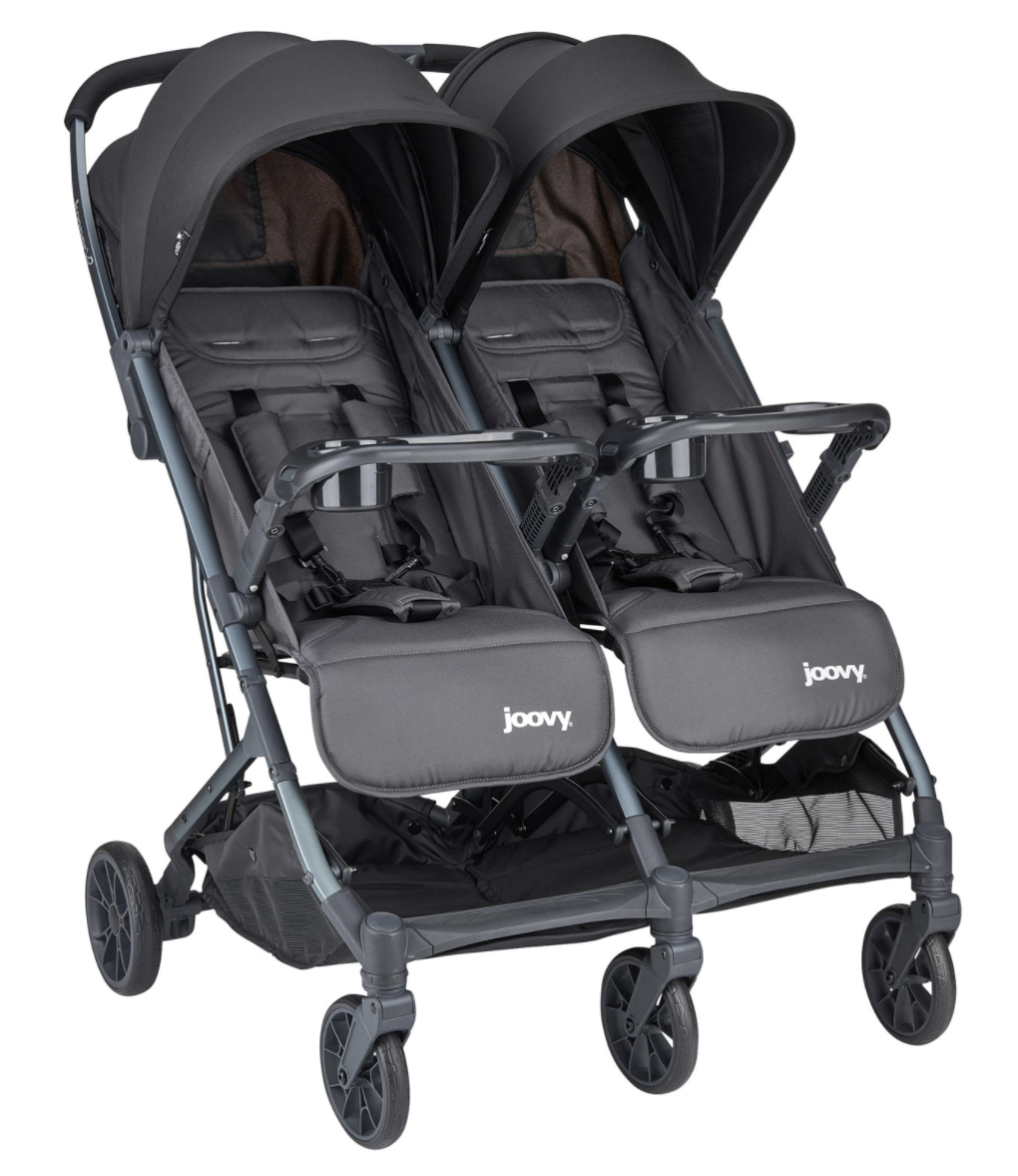 Side-by-side strollers are essentially designed like two strollers attached at the hip, so two kids can sit together, having an equal view of what’s ahead, and easily interacting with one another. They can easily adjust and recline, which is great if one child is ready for a nap while the other wants to sit up and watch the world go by. Some can also work with car seats. If you have twins, or two kids who are very close in age, these might be the perfect choice. Keep in mind, however, that they are wider than standard strollers, which means you might have difficulty navigating through narrow doorways or tight store aisles. And you need to make sure, that you keep weight balanced to prevent the stroller from tipping.
Side-by-side strollers are essentially designed like two strollers attached at the hip, so two kids can sit together, having an equal view of what’s ahead, and easily interacting with one another. They can easily adjust and recline, which is great if one child is ready for a nap while the other wants to sit up and watch the world go by. Some can also work with car seats. If you have twins, or two kids who are very close in age, these might be the perfect choice. Keep in mind, however, that they are wider than standard strollers, which means you might have difficulty navigating through narrow doorways or tight store aisles. And you need to make sure, that you keep weight balanced to prevent the stroller from tipping.
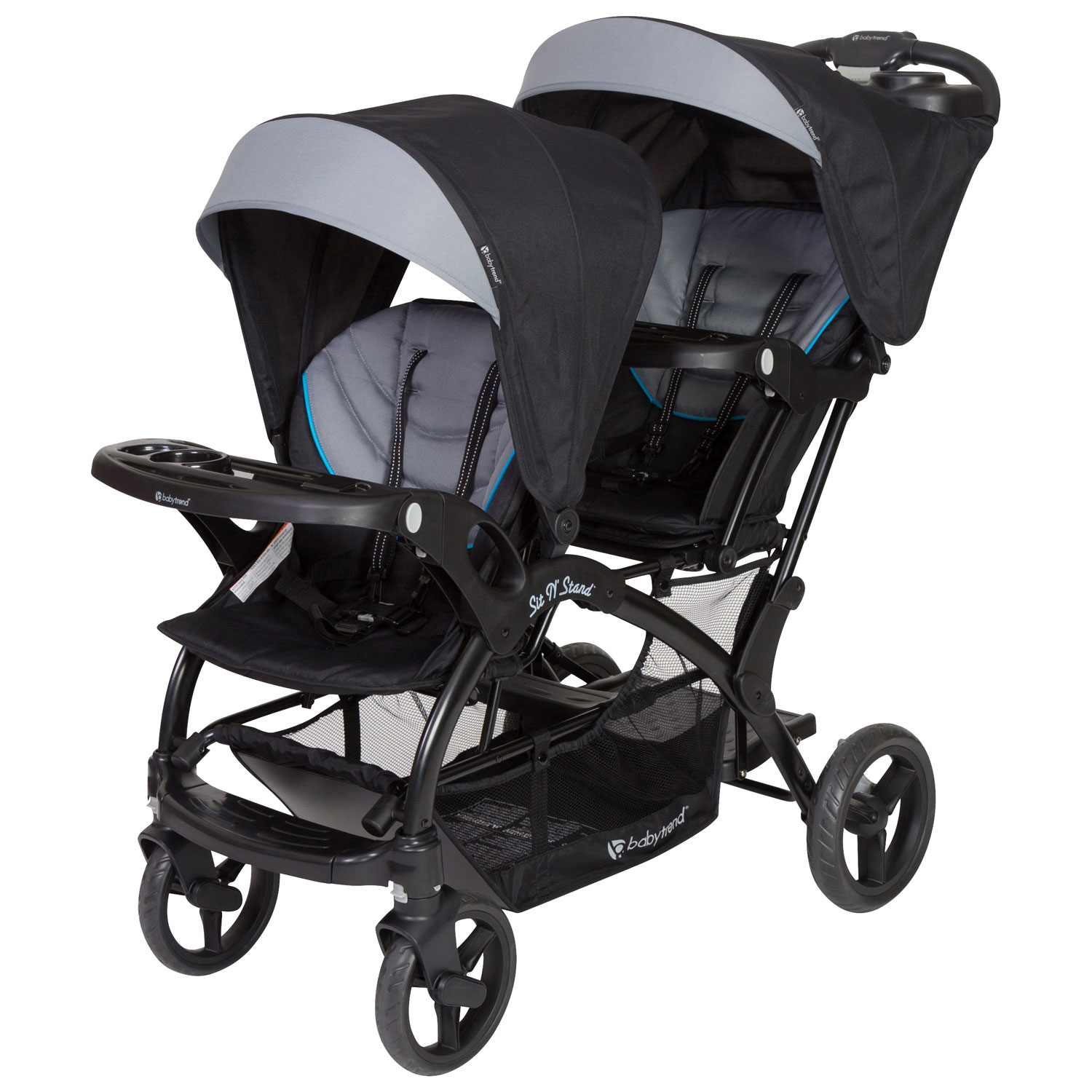 If your two kids are farther apart in age, then, with a larger gap in weight, consider a sit and stand stroller instead. They include one seat where a child can be safely buckled in, and a platform where a second child can stand behind it, or a second seat can go. It’s great if you have, say, a baby or toddler and a 4-6-year-old who is capable of standing on his own while you scoot them about.
If your two kids are farther apart in age, then, with a larger gap in weight, consider a sit and stand stroller instead. They include one seat where a child can be safely buckled in, and a platform where a second child can stand behind it, or a second seat can go. It’s great if you have, say, a baby or toddler and a 4-6-year-old who is capable of standing on his own while you scoot them about.
Tandem or stadium strollers position one child in a seat in the front and the other in one in the back that’s at a higher level to keep weight distributed properly, and to give each child a different (yet still exciting) vantage point. They are typically the same width as a standard stroller, so 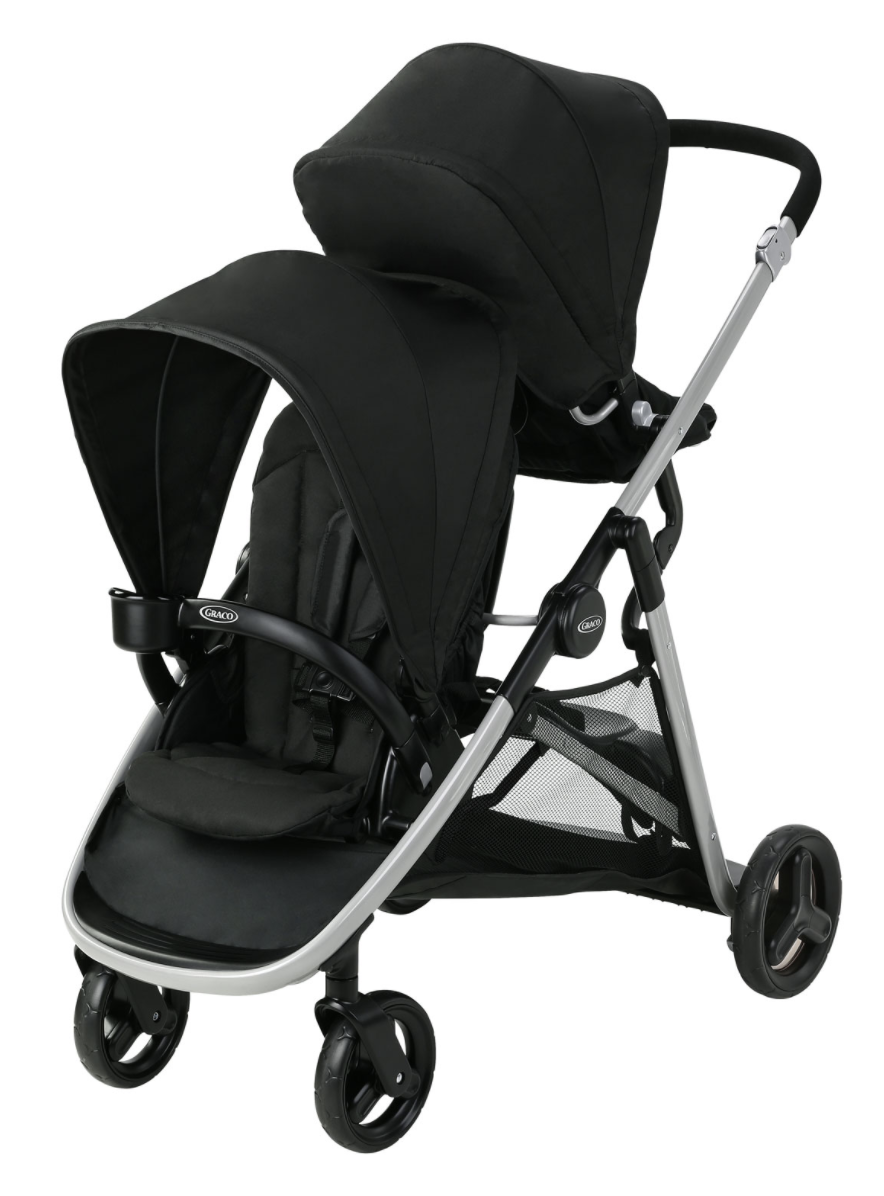 might be a better option if you plan to walk around tight shopping aisles often, or have small doorways in your house or apartment. Some brands, like phil&teds, offer strollers with a second seat that you can clip on to the back of your stroller. This way, you can use it as both a single and double stroller if you only have one child with you, or are future-proofing for when a second child comes, or a newborn is old enough to join the first for daily outings
might be a better option if you plan to walk around tight shopping aisles often, or have small doorways in your house or apartment. Some brands, like phil&teds, offer strollers with a second seat that you can clip on to the back of your stroller. This way, you can use it as both a single and double stroller if you only have one child with you, or are future-proofing for when a second child comes, or a newborn is old enough to join the first for daily outings
Jogging stroller
If you want to keep up with an exercise regimen and go jogging with your baby or child often, a jogging stroller might be the best option. The key difference with them is a fixed front wheel and air-filled tires that ensure the stroller doesn’t tip over or change direction when it wobbles or hits something like a pebble while you jog around the streets, or a jogging trail. They also have hand brakes, making it easy to slow down when you come to 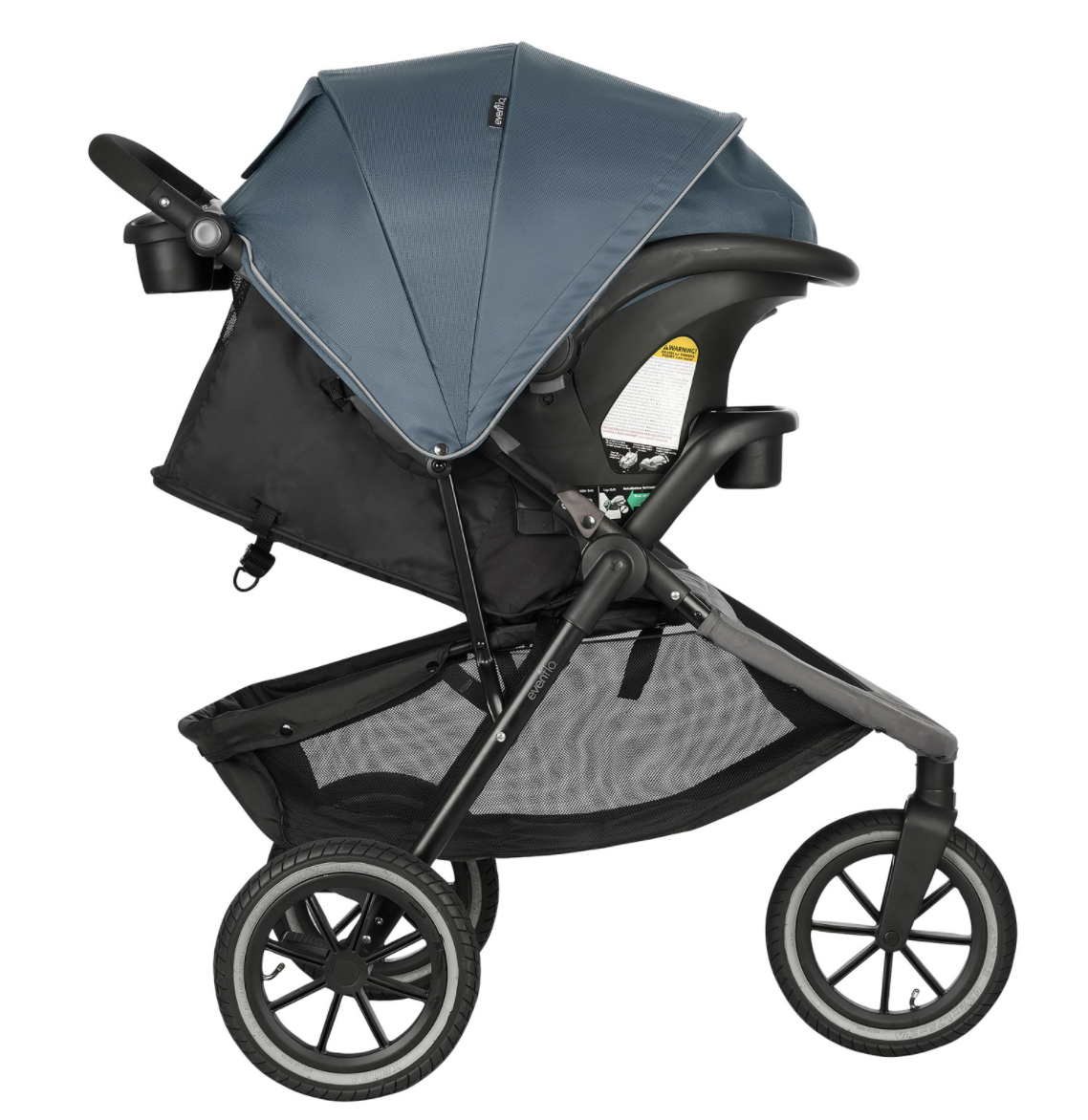 a pedestrian crossing, for example, or need to navigate around obstacles. Shock-absorbing suspension systems also allow the baby or child to relax and enjoy a smooth ride while you get a nice, consistent jog. Look for ones with larger wheels, which will ensure that it is easier to push. And naturally, the lighter weight the stroller is, the easier it will be to handle.
a pedestrian crossing, for example, or need to navigate around obstacles. Shock-absorbing suspension systems also allow the baby or child to relax and enjoy a smooth ride while you get a nice, consistent jog. Look for ones with larger wheels, which will ensure that it is easier to push. And naturally, the lighter weight the stroller is, the easier it will be to handle.
If you want a jogging stroller, but also want something that you can use everyday, too, look for one that has a lockable swivelling wheel. This way, you can lock it into place when you’re out for a jog, then release the lock and be able to efficiently navigate corners when you’re simply walking about. And check to see that the one you choose can work with a car seat if you want to be able to click the car seat into the base as you would with a standard stroller. This could be critical if you drive with your baby to your preferred running route area, and don’t want to disturb him from a nap.
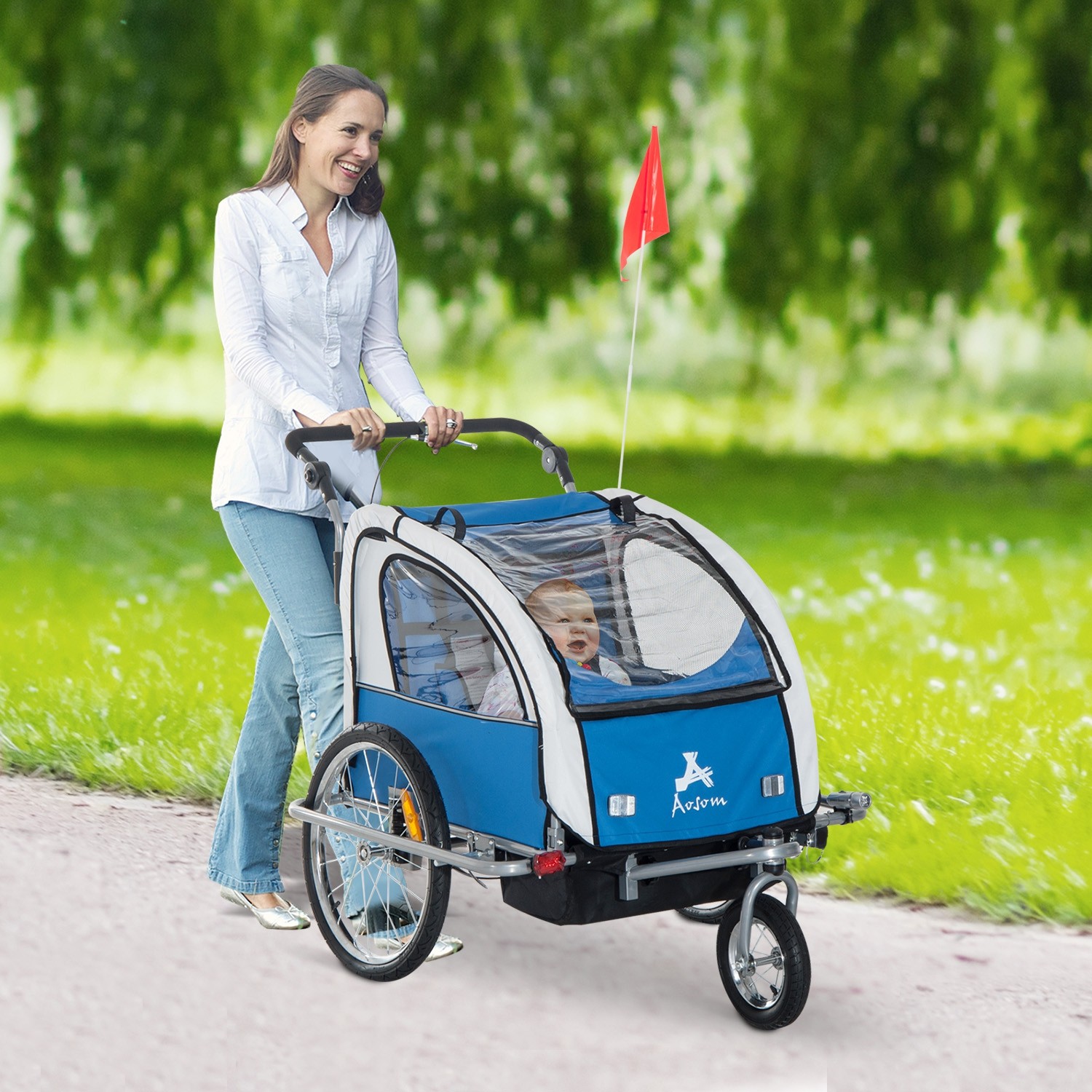 Another option in the jogging category are bike trailer strollers, which you can push while jogging, or connect it to the back of your bike so you can pull the kids along while you hit the trails.
Another option in the jogging category are bike trailer strollers, which you can push while jogging, or connect it to the back of your bike so you can pull the kids along while you hit the trails.
Keep in mind that jogging strollers might be a bit heavier, and may not fold and unfold as easily as standard strollers. But for fit-friendly city-dwellers, especially those who don’t own a car, this might not matter.
Travel systems
Travel systems don’t necessarily suggest a category of strollers on its own, but rather a set-up that includes a stroller with a detachable seat that can easily be swapped out for a matching car seat, that comes included. Oftentimes, the car seat can be placed right on top of the stroller seat and clicks into place, so you don’t even need an adapter, or to remove the stroller seat and put the car seat on the base.
This is ideal if you’re looking for a stroller  for a newborn or upcoming baby as it also includes the infant car seat base to secure the car seat in your vehicle. They make for a great first stroller for newborns that will last you through the first year of life, and potentially even beyond. While you could use the included stroller long past the first year of life, it would make the most sense to grab a travel system for a new (or upcoming baby) or one that is only a few months old so you can maximize use of the car seat and car seat/stroller combo for as long as possible. That said, once it’s time to upgrade to a larger car seat, you can still use the standard stroller, often all the way up to when the child is 5 or 6.
for a newborn or upcoming baby as it also includes the infant car seat base to secure the car seat in your vehicle. They make for a great first stroller for newborns that will last you through the first year of life, and potentially even beyond. While you could use the included stroller long past the first year of life, it would make the most sense to grab a travel system for a new (or upcoming baby) or one that is only a few months old so you can maximize use of the car seat and car seat/stroller combo for as long as possible. That said, once it’s time to upgrade to a larger car seat, you can still use the standard stroller, often all the way up to when the child is 5 or 6.
Other features to consider in a stroller
So you’ve considered design, size, weight, type of stroller to meet the needs of you and your child or children. What other things should you look into? Sometimes, the small details are what can help you make the decision between one model and another.
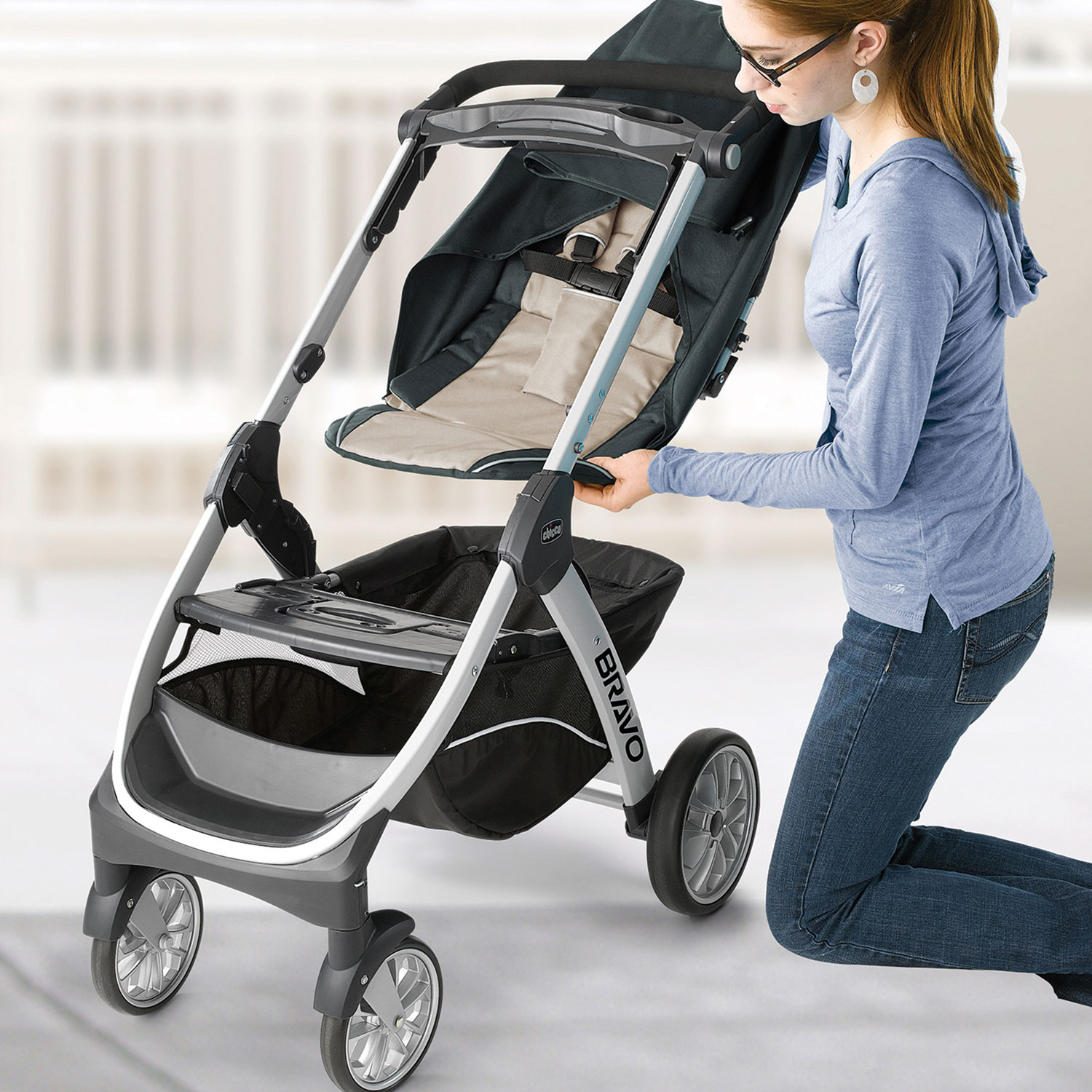 Look at things like the canopy: is it large enough to offer sufficient shade for your child from the sun and UV rays in the summer? Or from cold air in the winter? Does it come with, or work with, a good rain cover or weather shield? You’ll want to consider these based on where you live, as well as things like upcoming vacations or travel plans.
Look at things like the canopy: is it large enough to offer sufficient shade for your child from the sun and UV rays in the summer? Or from cold air in the winter? Does it come with, or work with, a good rain cover or weather shield? You’ll want to consider these based on where you live, as well as things like upcoming vacations or travel plans.
As noted, make sure the seat base works with your child’s car seat, especially if you’ll be traveling often by car with the stroller in the trunk. Find out if you need a car seat adapter, if it comes with one, and/or if car seat can sit right on the stroller seat itself.
Speaking of the stroller seat, can it be positioned both forward- and rear-facing? With newborns and babies, you might want the child facing you for the first year or so before you let them turn around and explore the world. With babies, you’ll also want one that can 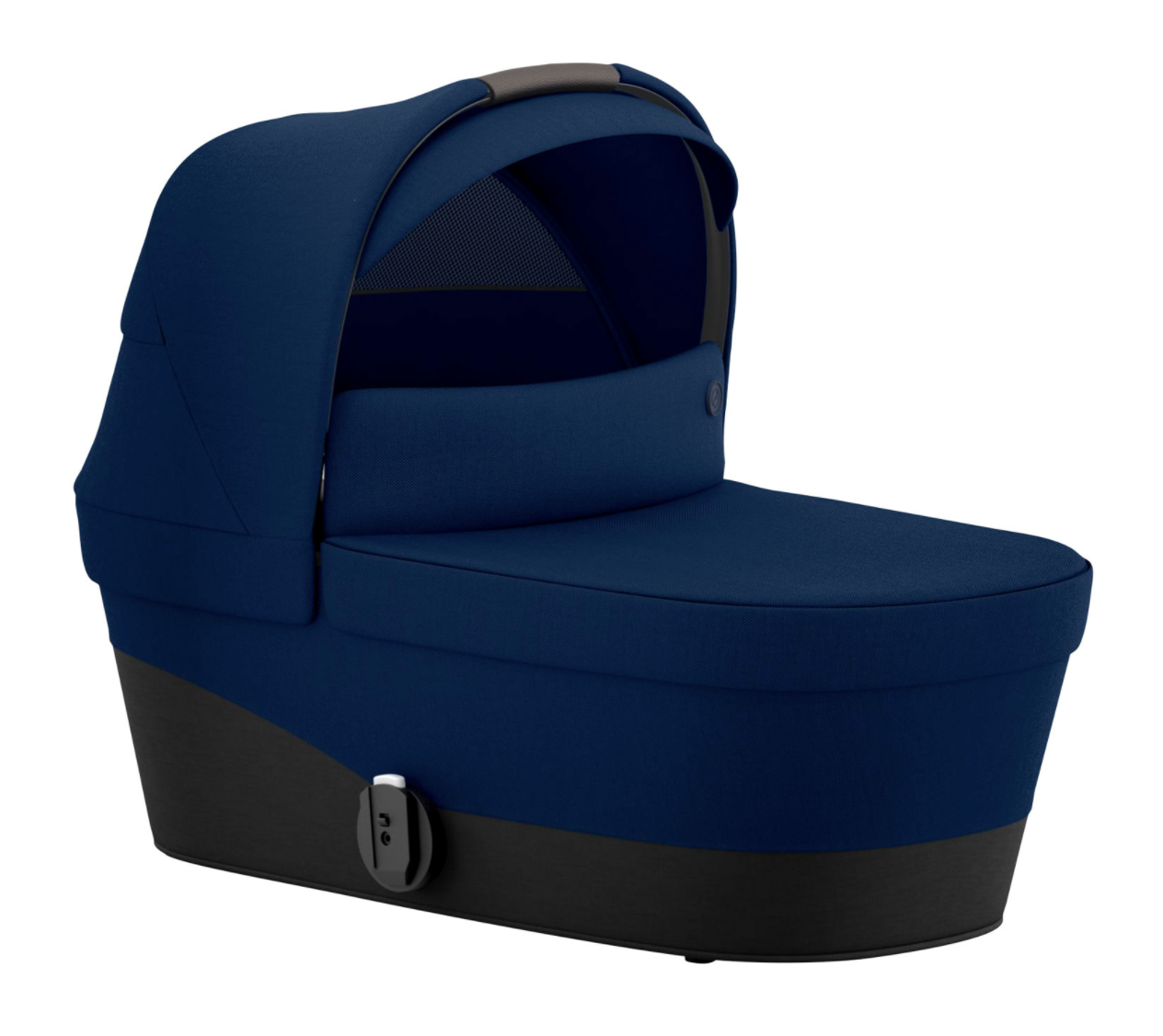 recline, sometimes all the way back. This is necessary for babies from newborn to about six months who can’t yet hold their head up, but it also makes it easy and comfortable for a child of any age to have naps while you walk about.
recline, sometimes all the way back. This is necessary for babies from newborn to about six months who can’t yet hold their head up, but it also makes it easy and comfortable for a child of any age to have naps while you walk about.
For newborns, you might even want a stroller system that includes a separate bassinet attachment, or with a seat that can transform into a bassinet for babies who can’t yet sit up. Regardless of the child’s age, you should always look for a stroller with a five point harness, so the child remains secure when inside, and can’t easily unbuckle himself when you aren’t looking!
Handy accessories are worth looking into as well, such as cup holders, tray tables (for older kids who might enjoy some snacks and a sippy cup for self-feeding), hooks for holding bags, or diaper bags that you can string over the handlebars 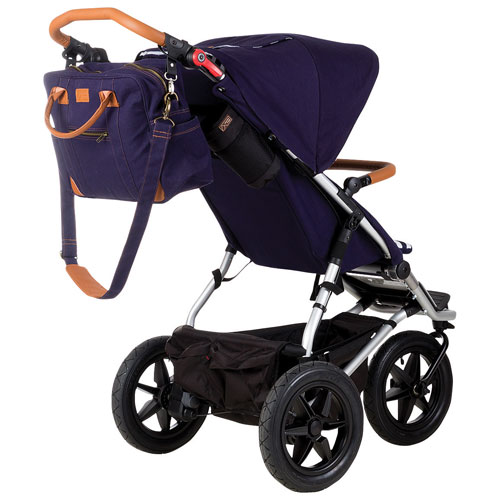 for holding essentials. You might also want to look at the cushioning: does it offer sufficient support for a baby’s or child’s head?
for holding essentials. You might also want to look at the cushioning: does it offer sufficient support for a baby’s or child’s head?
Another important consideration: can the seat fabric be removed for washing? If you have babies, or young kids who might be eating in the stroller, or who are (or might be) prone to accidents (from either end!) you’ll appreciate being able to remove the seat covers and throw them in the washing machine from time to time versus just spot cleaning. Some strollers have removable covers so you can swap the material out for a different colour or type of fabric (e.g. thinner fabric for summers and thicker for winters.)
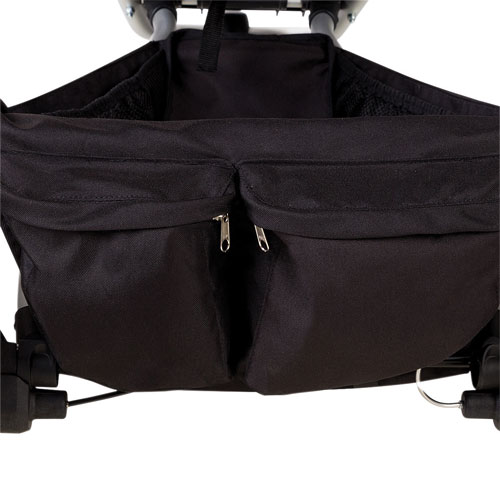 Storage is important, too. If you live in the city and walk just about everywhere, including to grab groceries or go shopping, you’ll want a stroller with a large undercarriage that can hold shopping bags, groceries, or even your jackets while you shop around indoors during the cold winter months.
Storage is important, too. If you live in the city and walk just about everywhere, including to grab groceries or go shopping, you’ll want a stroller with a large undercarriage that can hold shopping bags, groceries, or even your jackets while you shop around indoors during the cold winter months.
If you want extreme versatility, and to extend the life of the stroller as long as possible, there are convertible models from brands like Bentley that transform from a baby stroller to a kid’s trike.
Take the next step
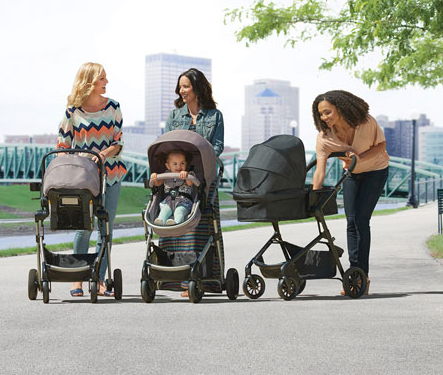
Understanding how the stroller will be used and what options are available for that purpose will ensure that the stroller you purchase gives maximum enjoyment for the parent and the child. Find the right stroller for yourself or to give as a gift online at Best Buy.
The post Baby stroller buying guide appeared first on Best Buy Blog.
